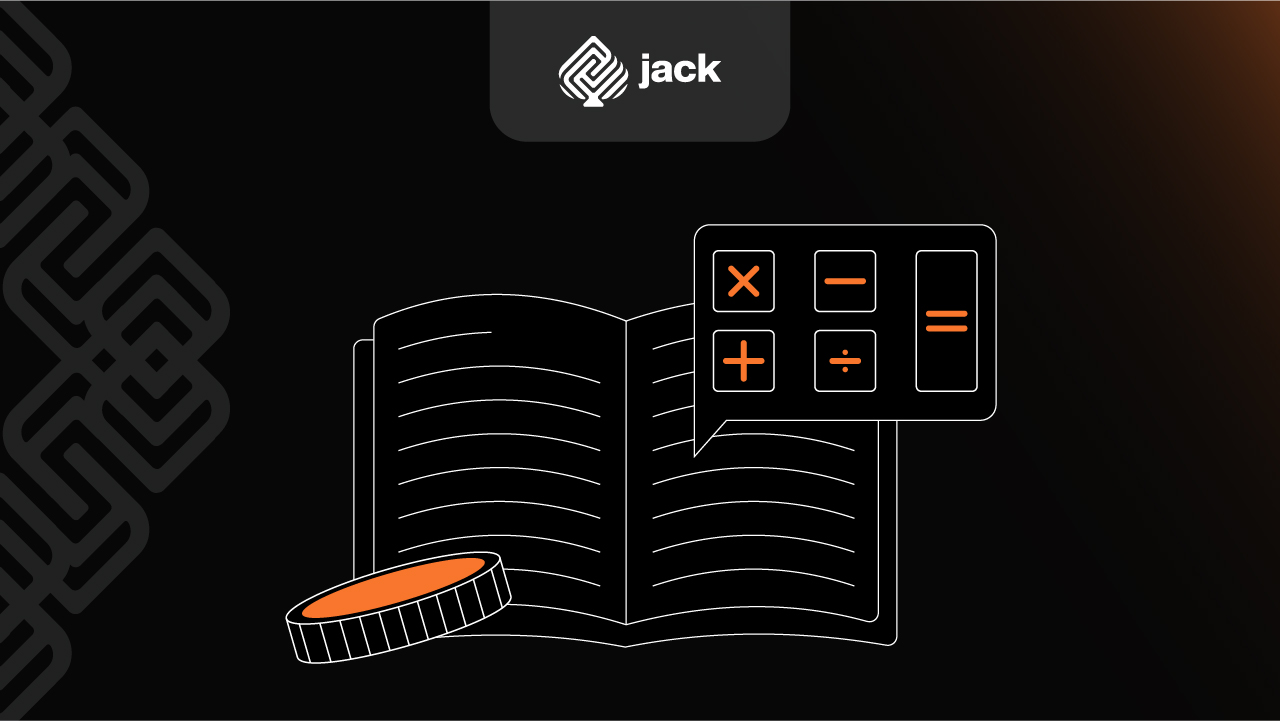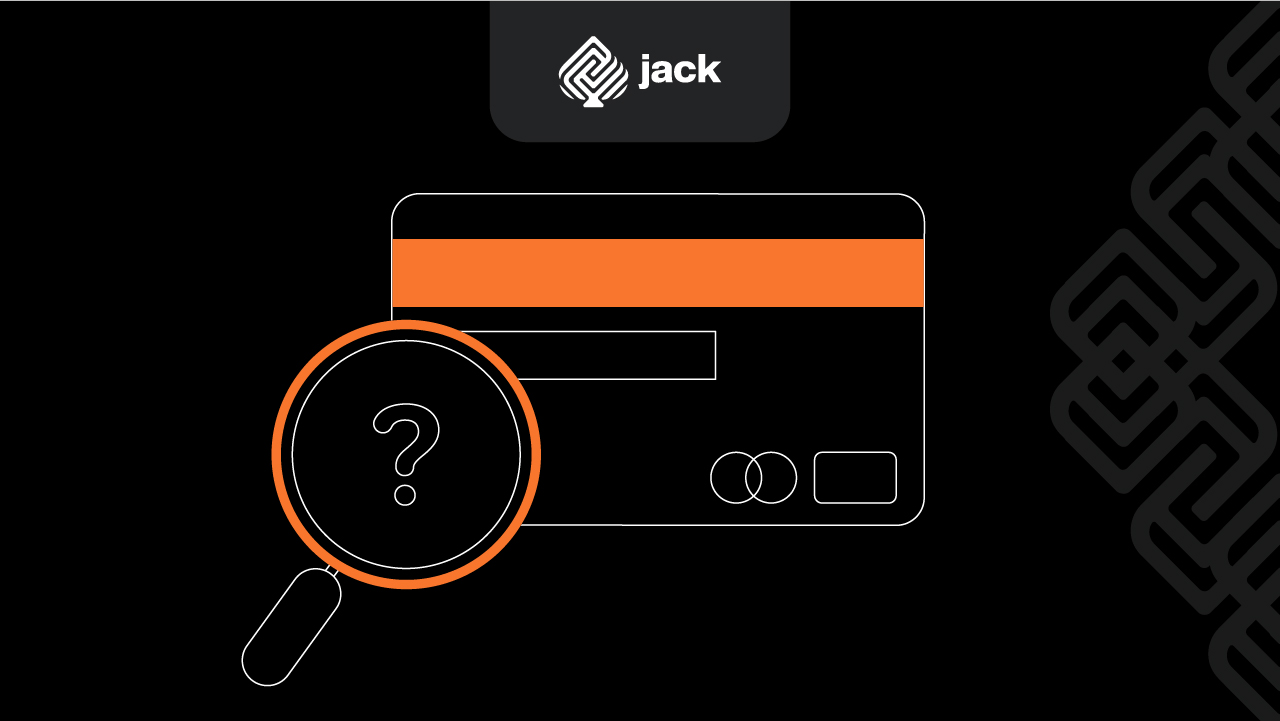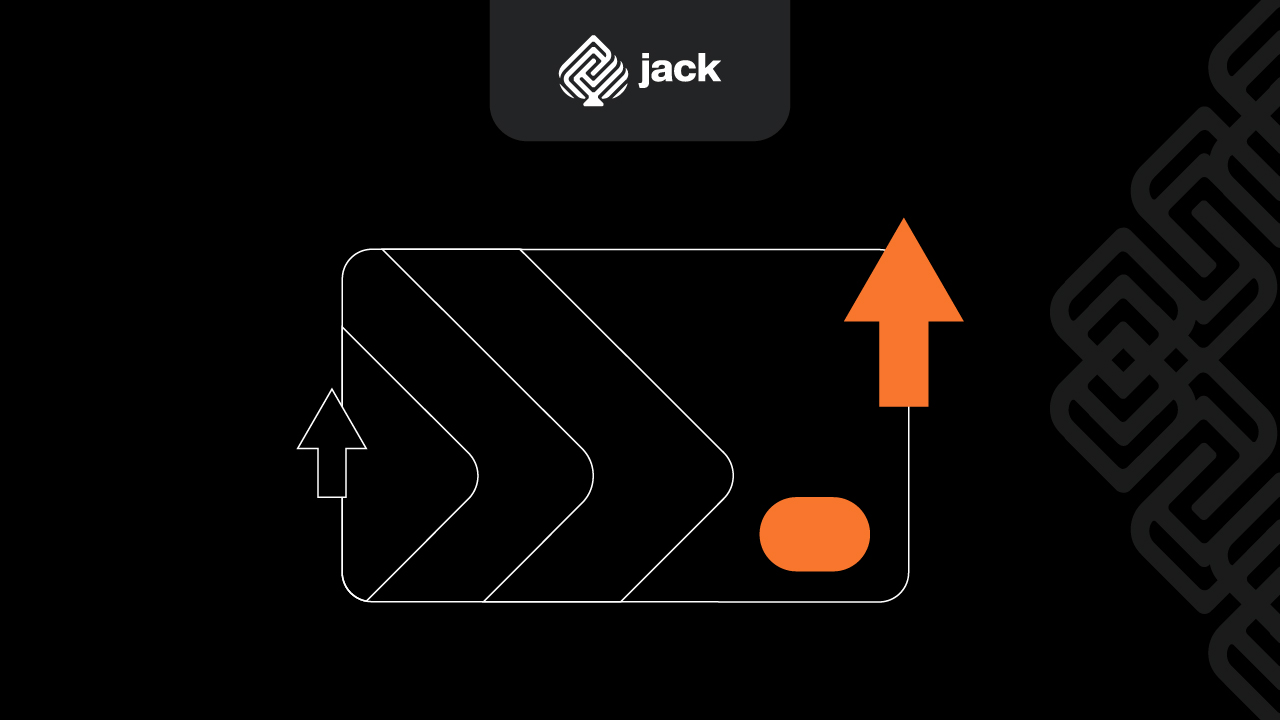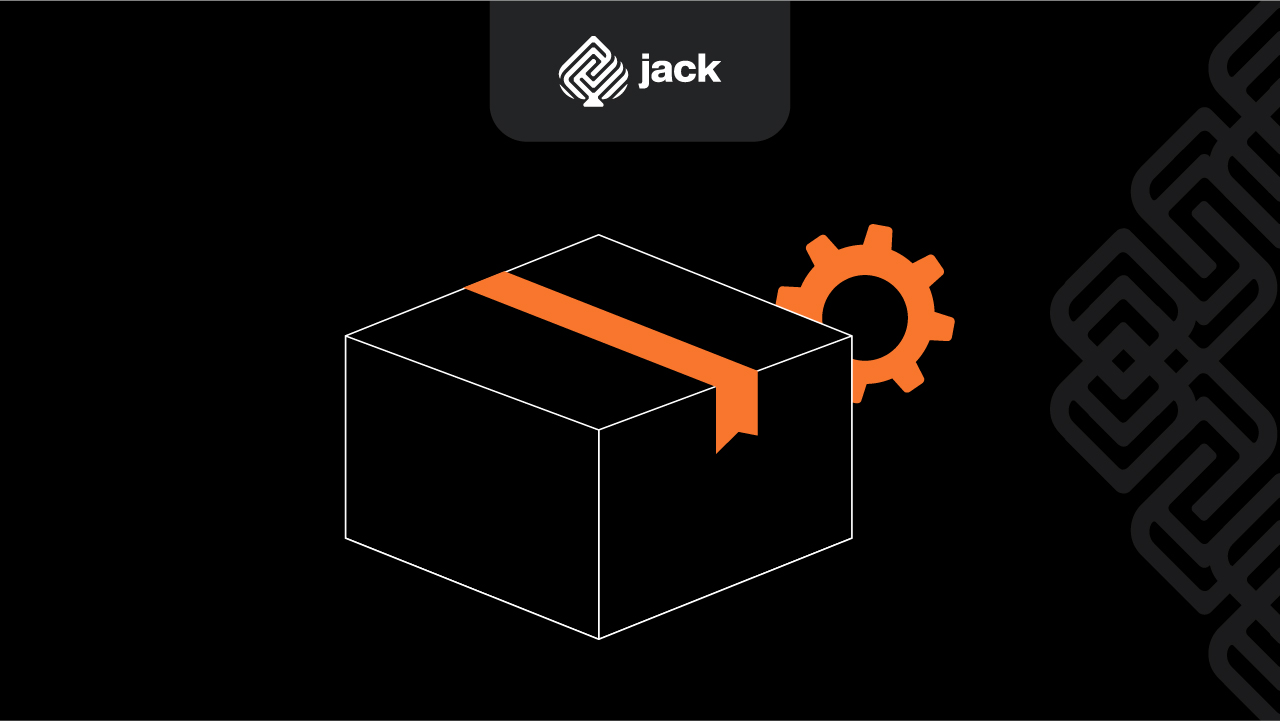The subsidiary accounts receivable ledger is a part of routine activities for recording daily transactions in most companies. For micro, small, and medium-sized enterprises (MSMEs), this ledger plays a significant role in helping to maintain financial records in a concise, orderly, and accurate way.
MSME owners should understand the application of the subsidiary accounts receivable ledger, which is commonly used in running a business. This will help them to generate financial reports from transactions conducted in their businesses, which can lead to profits.
Definition of Subsidiary Accounts Receivable Ledger

The subsidiary accounts receivable ledger is an accounting book that lists customers or clients who owe a company. The ledger records debtors’ accounts from credit transactions, making it easier to track accounts receivable for a company.
The ledger also reflects a company’s transaction history and separates accounts for each debtor. If each account is recorded directly in a general ledger, it will require many pages, especially if debtors have hundreds of accounts. Therefore, it is recorded in a subsidiary ledger, even though it can also be checked against accounts receivable in the general ledger.
Sources for Recording Subsidiary Accounts Receivable Ledger

During transactions, there are several types of documents that companies can use to record subsidiary accounts receivable ledger, including sales invoices, receipts, invoices, notes of credit sent to the buyer, and payment receipts.
All transactions can be recorded in a special journal and then transferred to the subsidiary accounts receivable ledger, where each account is recorded according to the debtor’s identity.
See Tutorial Account Verification Jack
Steps for Creating a Subsidiary Accounts Receivable Ledger

Creating a subsidiary accounts receivable ledger is not difficult, as long as the sources of company transactions are known. The process can be divided into three steps:
1. Summarizing Credit Transactions
In the first step, compile all credit transaction records, including current transactions, accounts receivable data, and received accounts receivable.
2. Recording the Ledger
After summarizing the transactions, record them in the subsidiary accounts receivable ledger, matching the recorded period. The table will include the types of transaction journals, such as sales journals or cash receipt journals.
3. Preparing the Subsidiary Accounts Receivable Ledger
In the last step, transfer the transaction records to the subsidiary accounts receivable ledger, ensuring they match the debtor’s identity.
4. Functions of Subsidiary Accounts Receivable Ledger
The subsidiary accounts receivable ledger has a crucial role and function in running a business. The ledger helps to maintain the record of every debtor’s accounts and aids in performing maintenance on them.
From the owner’s perspective, the ledger also provides information to analyze the business’s financial health and make informed decisions based on this information.
In addition, the use of this commercial accounts receivable subsidiary ledger has the following functions:
• Provides detailed information on each business accounts receivable in an easy and practical way.
• Avoids complexity and confusion that can occur if the main ledger is too long due to the large number of accounts receivable.
• Makes business operations more organized and easy to read.
• Helps business owners make reliable business decisions.
• Provides detailed and complete information directly related to customer demographics.
• Ensures that no receivables have exceeded their due date but have not been collected or settled.
• Prevents fraud or fraudulent activities in the company’s internet system.
• Contains detailed information on the company’s financial transactions.
Types of Subsidiary Ledgers

In the use of this subsidiary ledger, there are two types that need to be known in the accounting world for the preparation of financial statements in a company. The following is a description of the subsidiary ledger that can be known by users for financial management of the company:
1. Accounts Receivable Subsidiary Ledger
The accounts receivable subsidiary ledger contains a collection of receivables or bills from various credit subscribers. This occurs when the company has made sales of goods or sales transactions using a credit system.
The ledger contains debtor data details, the amount of the invoice, and the payment method that can be made on each date. This type of subsidiary ledger requires evidence such as sales invoices, cash receipts, bill or receivable receipts, and debit or credit notes.
2. Accounts Payable Subsidiary Ledger
This type of subsidiary ledger, contains a record or collection of accounts from several parties that have been borrowed by the company.
The function of this subsidiary ledger is to record details of the company’s trade payables on each creditor’s name, as well as the detailed amount recorded in the accounts payable ledger balance.
See also video tutorials from financial and business from Jack.
Use Jack for your business needs
Data needed to create this accounts payable subsidiary ledger are expenditure receipts, invoices, and notes that will be used as evidence of goods purchased using a credit system. The process of recording transactions in this subsidiary ledger can be done simultaneously with the journal recording process.






